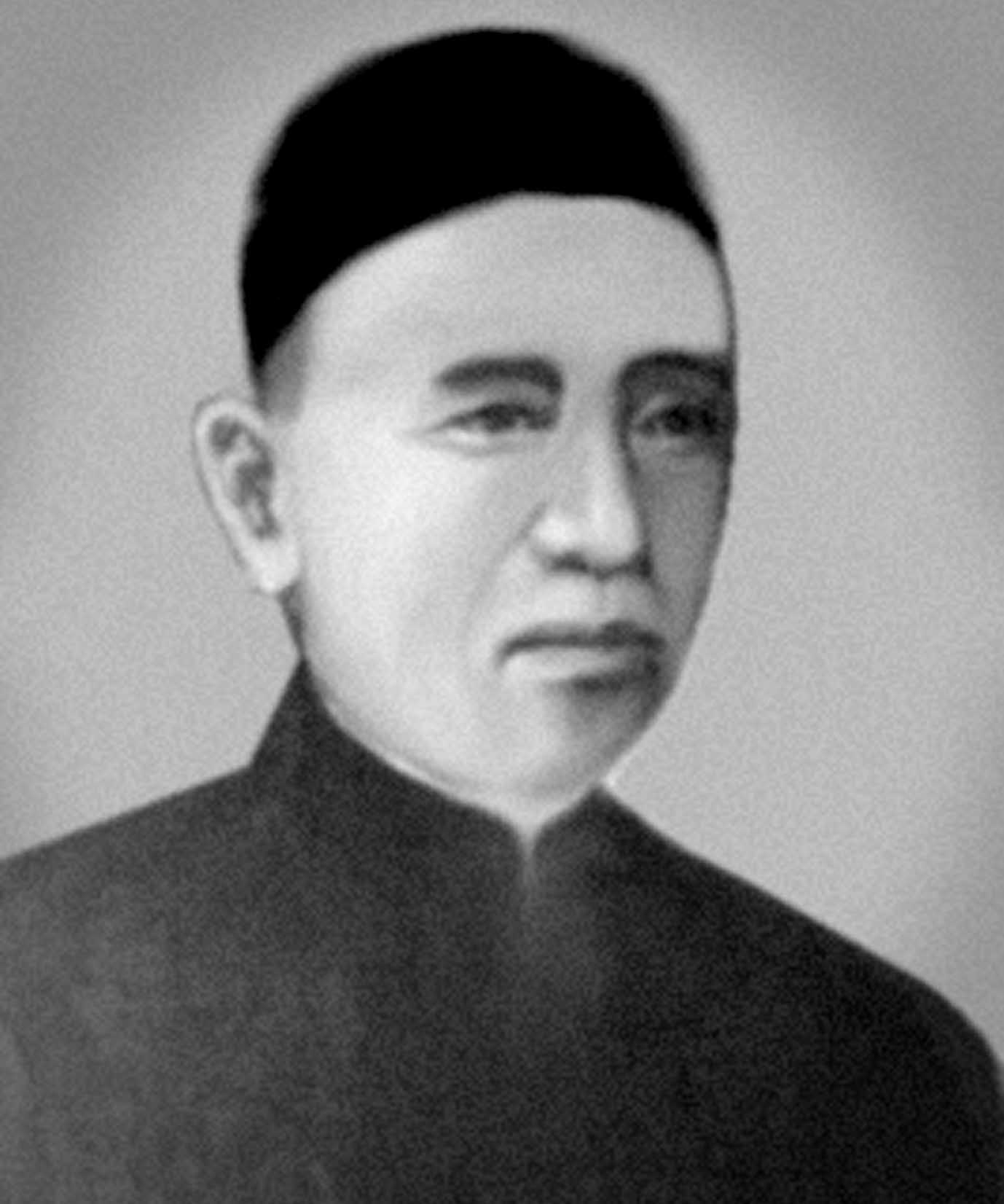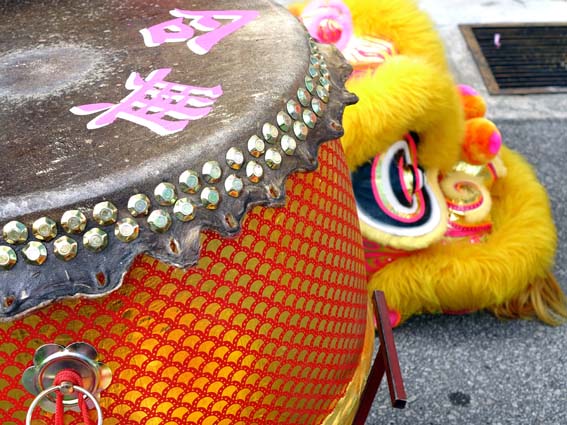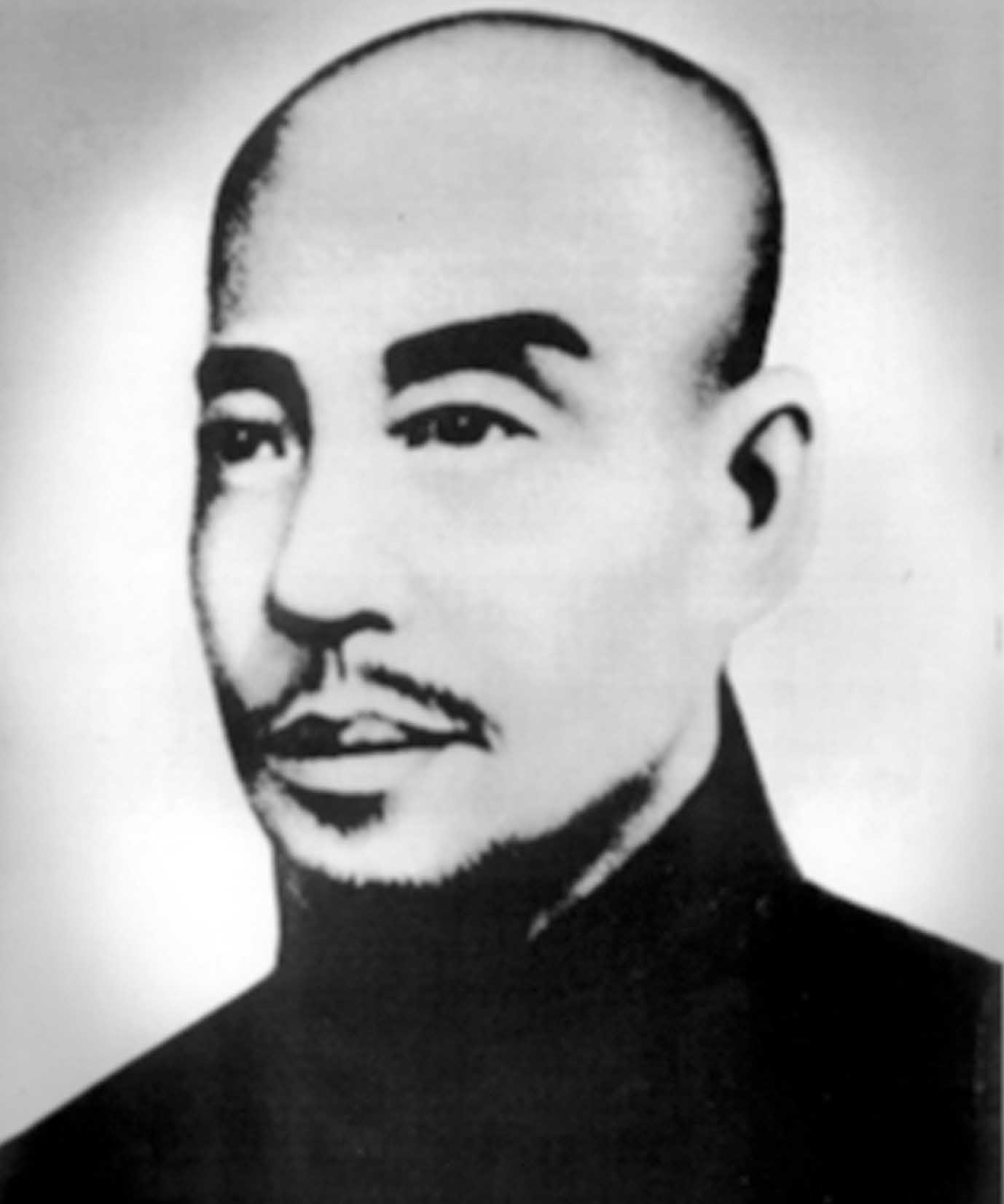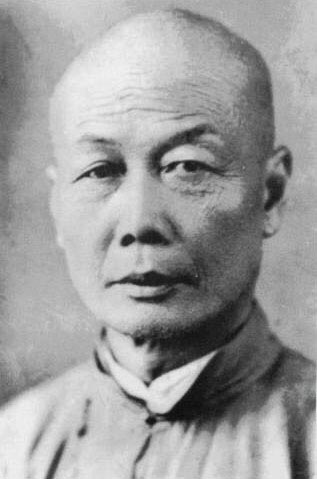Introduction
Chan Heung 陳享 founded the Kungfu style Choy Li Fut 蔡李佛 in 1836, and since then he dedicated himself to teaching this knowledge that quickly spread throughout the province of Canton (Guǎngdōng 廣東), and even beyond, to Hong Kong 香港 and Southeast Asia.
But Choy Li Fut did not remain a monolithic body, but soon split into three divergent styles.
Let's see how the transmission was in the next generation to Chan Heung.
Chan Heung's legacy
Chan Heung 陳享 had two sons: Chan On-Bak 陳安伯 and Chan Gun-Bak 陳官伯. Unfortunately, the eldest of them, Chan On-Bak, died young and without a male heir.
It is unclear whether On-Bak learned Kungfu from his father or only his medical knowledge. In any case, Chan Gun-Bak learned the Choy Li Fut system from Chan Heung and became a great martial artist, taking on the task of passing on his father's family legacy.
Chan On-Bak
We know little about Chan Heung's eldest son. Born in 1839, according to Chan Wing-Fat 陳永發 (a descendant of Chan Heung today), he only studied medicine from his father.
However, other lineages tell us that he studied Kung Fu directly from Chan Heung and assisted his younger brother in the latter's training. According to this version of the story, he became an expert in spear handling, earning him the nickname Yat Cheung Ng Mui Fa 一槍五梅花, or "Five Plum Blossoms with a Spear".
Again finding elements of revolutionary rhetoric, On-Bak would have had two students, Cheng Si-Ling 鄭士良 and Chan Siu-Bak 陳少白, who, in 1894, would have helped the revolutionary forces of Sun Yat-Sen 孫逸仙 to fight the Qīng dynasty 清 and establish the Republic of China. This could be perfectly feasible, had On-Bak lived long enough to learn and pass on his father's martial knowledge, which is unclear.

Chan On-Bak 陳安伯.
A secret slogan
A new aspect, in this case the naming of the schools, again links Choy Li Fut with anti-Manchu movements
In the mid-nineteenth century, the Hung Mun 洪門 (Hóng Mén in Mandarin) society brought together all the revolutionary factions. Some practitioners of Choy Li Fut are said to have had a secret motto: Hung Ying Ji Sing, Ying Hung Wing Sing 洪英至聖,英雄永勝: 'Hung party heroes are superior; heroes always achieve victory'.
Chan Heung's school, as well as those established by his disciples, were called Hung Sing 洪聖 (Great Sage). But, due to the risk of being associated with the Hung Mun society due to the Hung 洪 character, it was decided to change the name of the schools to their homophone Hung Sing 雄勝 ("heroes win"). However, some schools did not follow this change, as will be seen below.
A student of Chan Heung, Chan Choeng-Mou 陳長毛 (some say he was a student of On-Bak), founded a school in Gong Zau 岡州, today Jiāngmén 江門, and invited Chan Gun-Bak to teach there. Thus, Chan Heung's youngest son began his teaching of the system that his father had founded, assisted by Chan Choeng-Mou.

Chan Choeng-Mou 陳長毛.
Gun-Bak was later invited to move to Guǎngzhōu 廣州 to teach, where he established a new school, leaving Chan Choeng-Mou in charge of the one in Gong Zau.
The dispersion of the Choy Li Fut system
Chan Heung had had a group of disciples known as the Eighteen Luóhàn 十八羅漢. From 1848, these disciples began to disperse throughout southern China, establishing schools of Choy Li Fut in different localities and initiating the propagation of the teachings of the founding master.
One of these disciples was Chan Din-Wun 陳典桓, who is said to have established a Choy Li Fut school in Fóshān 佛山 in 1848, a school that in 1967 would be inherited by another disciple of Chan Heung, Cheong Jim 張炎. Again, this statement is disputed. According to the tradition of Choy Li Fut of Fóshān, it was Cheong Jim himself who founded this school. We'll talk more about the origin of these discrepancies in the next article, dedicated to Cheong Jim.
In any case, Cheong Jim had studied with other masters besides Chan Heung and his style was somewhat different. As happened with Chan Heung's heirs, to avoid risks he also had to change the name of the school to a new homophone, Hung Sing 鴻勝, this time using the character Hung 鴻 which means "goose". Over time, he himself became known as Cheong Hung Sing 張鴻勝.
According to popular belief, Cheong Jim supported rebel movements and would have been involved in conflicts with the government.
Over time, Cheong Jim's Choy Li Fut began to be known among his heirs by the name Hung Sing Choy Li Fut 鴻勝蔡李佛. Cheong Jim was considered by his followers to be the founder of this system.

The Hung Sing 鴻勝 school of Fóshān 佛山, nowadays.
In this way, there was a differentiation between the systems of Choy Li Fut followed by Chan Heung's heirs, Hung Sing 雄勝, and those that followed Cheong Jim, Hung Sing 鴻勝, both homophones in Cantonese.
We'll cover more about Cheong Jim in a future article.
The Three Kings of Lion Dance of Canton
Master Chan Choeng-Mou was an expert in Lion Dance. His school had the best teams, which competed to make a name for themselves against other schools in the province. His mastery earned him to be among the so-called "Three Kings of Lion Dance of Canton". The other two were the Chan Ngau-Sing 陳吽盛, Cheong Jim's successor at the Hung Sing school in Fóshān, and the teacher of Hung Ga 洪家 and legendary hero of Chinese folklore, Wong Fei-Hung 黃飛鴻.

Drum and lion head for Lion Dance.
After Chan Gun-Bak's death, his son Chan Jiu-Chi 陳耀墀 (1892–1965) succeeded him in teaching the style. Chan Jiu-Chi was a scholar, physician, and arguably one of the greatest Choy Li Fut masters who ever lived. A large number of stories and anecdotes have come down to us from him that show his complete mastery of martial arts.

Chan Gun-Bak 陳官伯.
Chan Jiu-Chi had a school in the district of Báiyún 白云区 in Guǎngzhōu. Our teacher Pun Seon Seoi 潘顺遂 met him as a child and studied Choy Li Fut under his guidance.
In Fóshān, Cheong Jim had numerous students. One of his main students was Leoi Chan 雷粲, who in turn had a student named Tam Sam 譚三. Tam Sam had a great friendship with a Northern Shaolin master named Ku Yu Cheong 顧汝章, with whom he used to train, and the two exchanged techniques of their respective styles. Tam Sam combined in his Kung Fu the techniques of Cheong Jim's Choy Li Fut with some of those learned from Ku Yu Cheong.
Tam Sam had a school in the Siu Bak 小北 ('Little North') neighborhood of Guǎngzhōu, which he named Siu Bak Hung Sing Choy Li Fut 小北鴻勝蔡李佛. As the name was very long, his students began to refer to the school as Bak Sing 北勝, and Tam Sam's particular style, as Bak Sing Choy Li Fut 北勝蔡李佛.
The three styles of Choy Li Fut
The evolution of the style after Chan Heung's death led to a diversification of techniques divided into three major "branches". Today, within China, these branches are considered to be different styles in themselves. Each branch considers a different master to be the founder of the style, and traces its lineage from him. These styles are, in order of appearance:
Hung Sing Choy Li Fut (雄勝蔡李佛): The King Mui branch, i.e. Chan Heung's original style; that is why it is also called 'Chan family'. His followers consider Chan Heung to be the founder of the style, and trace his lineage from him.
Hung Sing Choy Li Fut (鴻勝蔡李佛): The Fóshān branch, also known as Hung Sing 鴻勝. Today, Cheong Jim is considered to be the founder of the branch by its practitioners. It is characterized by its long, powerful movements and a greater prevalence of palm techniques than in the King Mui branch. Its forms are long and require great physical endurance. Among the most practiced are the Long Fist 鴻勝長拳, the Plum Blossom Spear 梅花槍, the Plum Blossom Sabre 梅花单刀 or the Hung Sing Cross Pattern 鴻勝十字拳.
As the names of these two styles sound the same in Cantonese, and the Hung Sing style of Fóshān became very famous in the first half of the 20th century, the first of them is usually named by its origin: San Woi Choy Li Fut 新會蔡李佛.
Bak Sing Choy Li Fut (北勝蔡李佛): The branch of Bak Sing has Tam Sam as its founder and is characterized by including hard northern techniques such as the Iron Palm.

Tam Sam 譚三, founder of Bak Sing Choy Li Fut 北勝蔡李佛.
Conclusions
From 1848, Chan Heung's students expanded the practice of Choy Li Fut throughout the region. The schools they opened were the first commercial schools to teach martial arts in Canton Province, forming a more or less institutionalized network in which Choy Li Fut was taught publicly.
This expansion coincided, not by accident, with the flourishing of bandits and secret societies that plunged the province into chaos and civil war. In this context, the demand for martial arts instruction increased significantly.
In the following articles we will see how these schools worked through a paradigmatic example: the Hung Sing school of Fóshān, a school that, in addition to being commercially very successful, was involved in the political movements of the twentieth century, fluctuating with the political tide of the moment.

2 thoughts on “Chan Heung’s Legacy and the Style Branches (Choy Li Fut History III)”
I read your article. where do you think I can find a good choy li fut school in china right now?
Hi Enrico, I saw your email, I replied to it already. Thanks for your comment.